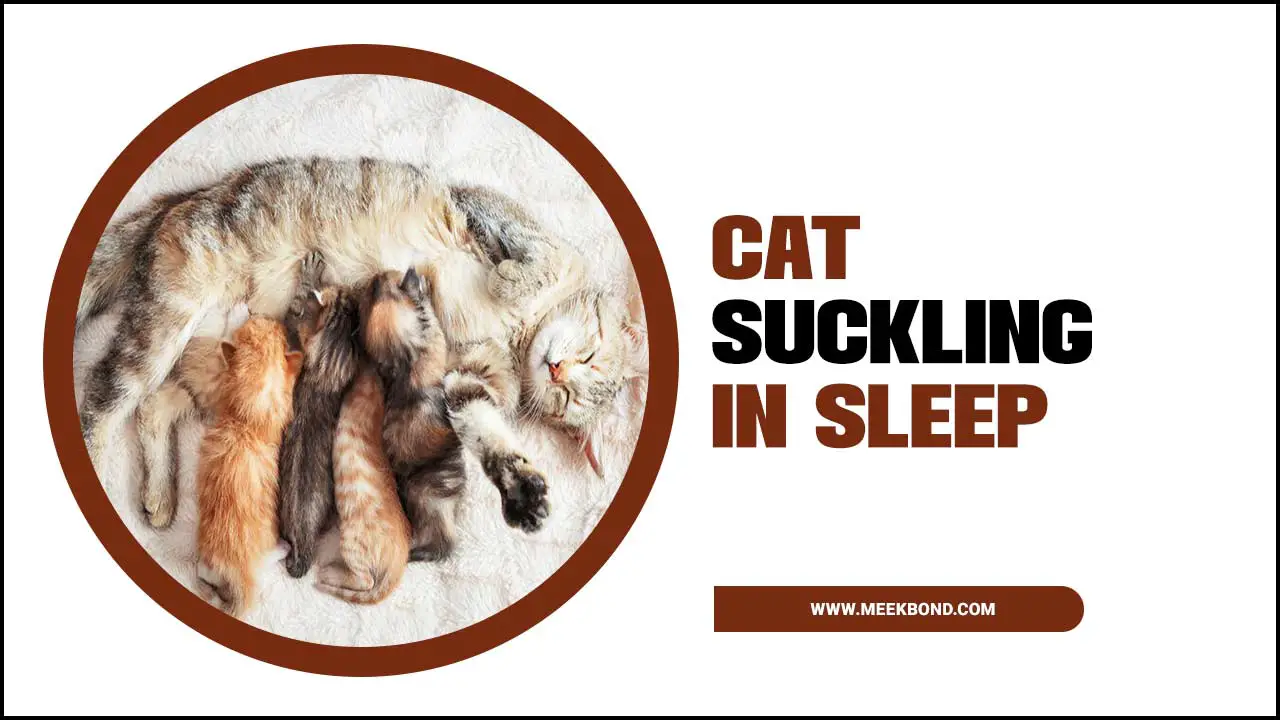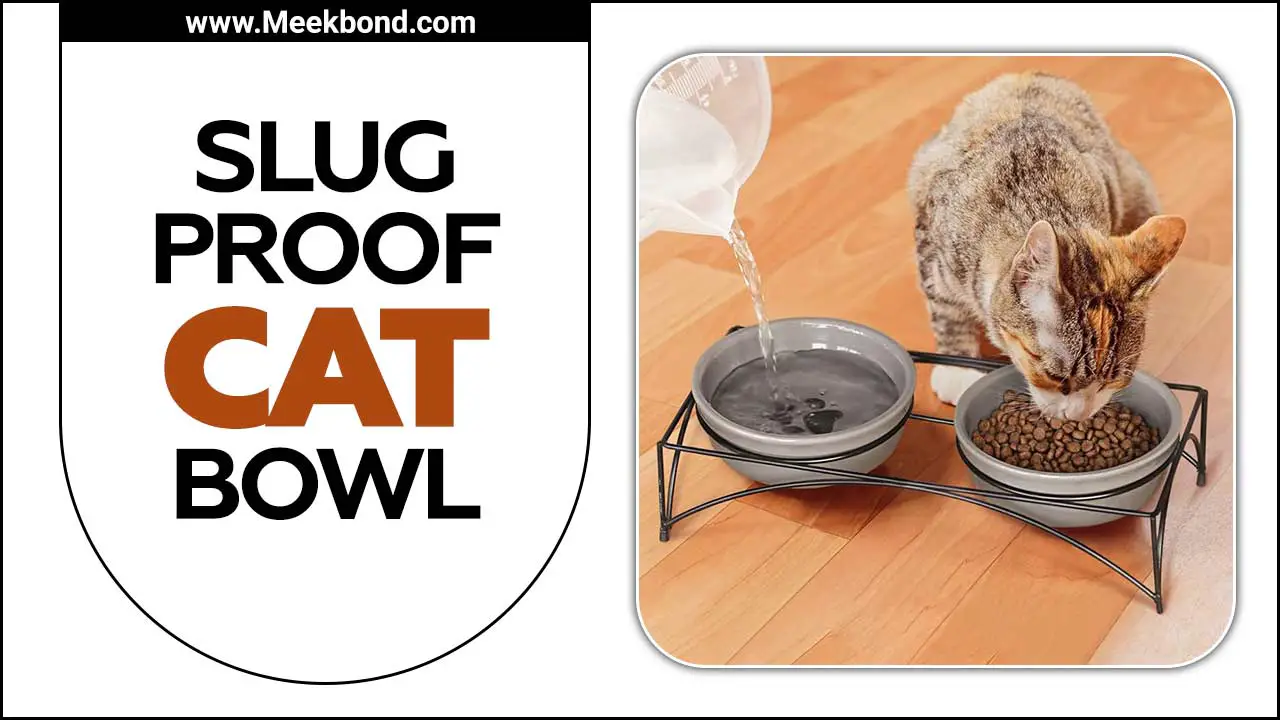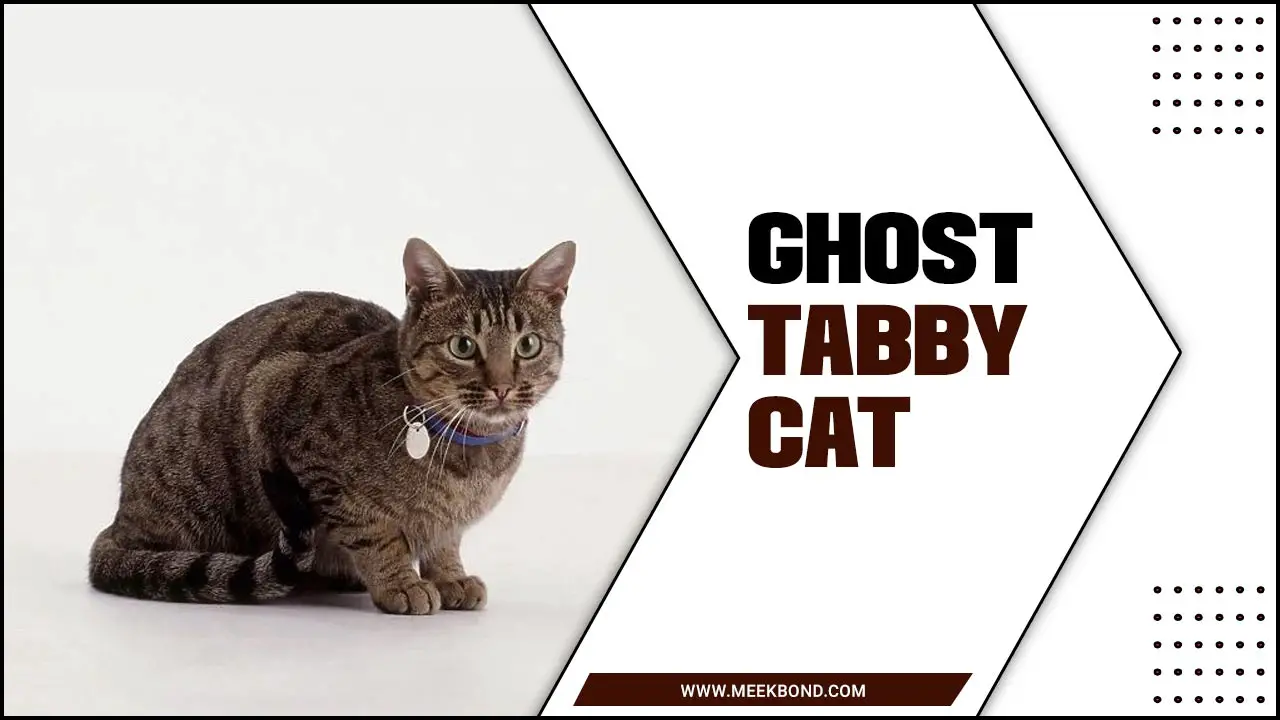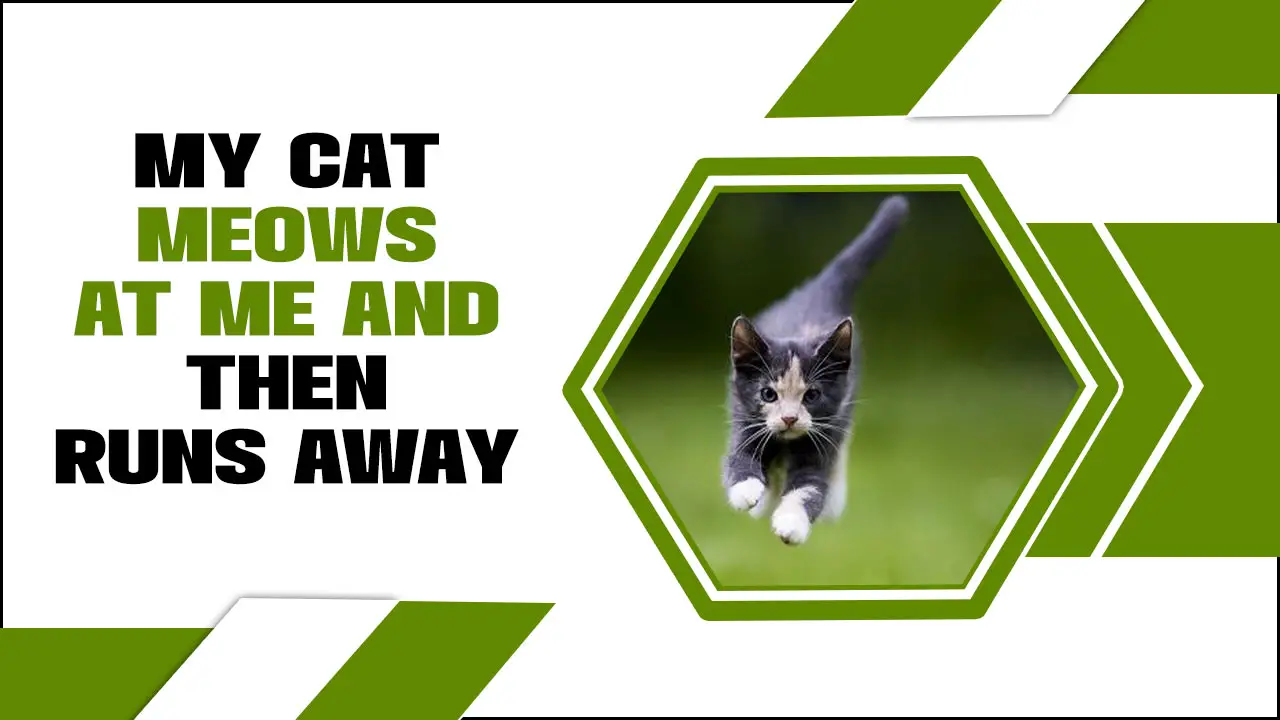Cats are beloved pets for many people worldwide, providing companionship, comfort, and entertainment. However, just like any other animal, cats are susceptible to various health issues affecting their well-being.
One common problem cat owners may encounter is swollen foot circulation, also famous as feline pododermatitis. This condition can be alarming and concerning for pet owners, as it can cause discomfort and pain for their feline companions, specifically in their cat’s toes and foot pads. As responsible pet owners, we must educate ourselves about this condition and know what steps to take if we notice any symptoms in our cats.
We will delve deeper into the causes, symptoms, and treatment options for the cat foot swollen circulation, providing you with the necessary information to ensure the health and happiness of your furry friend. With a professional tone, we aim to inform and guide cat owners on what they should know about this common but often overlooked condition in felines.
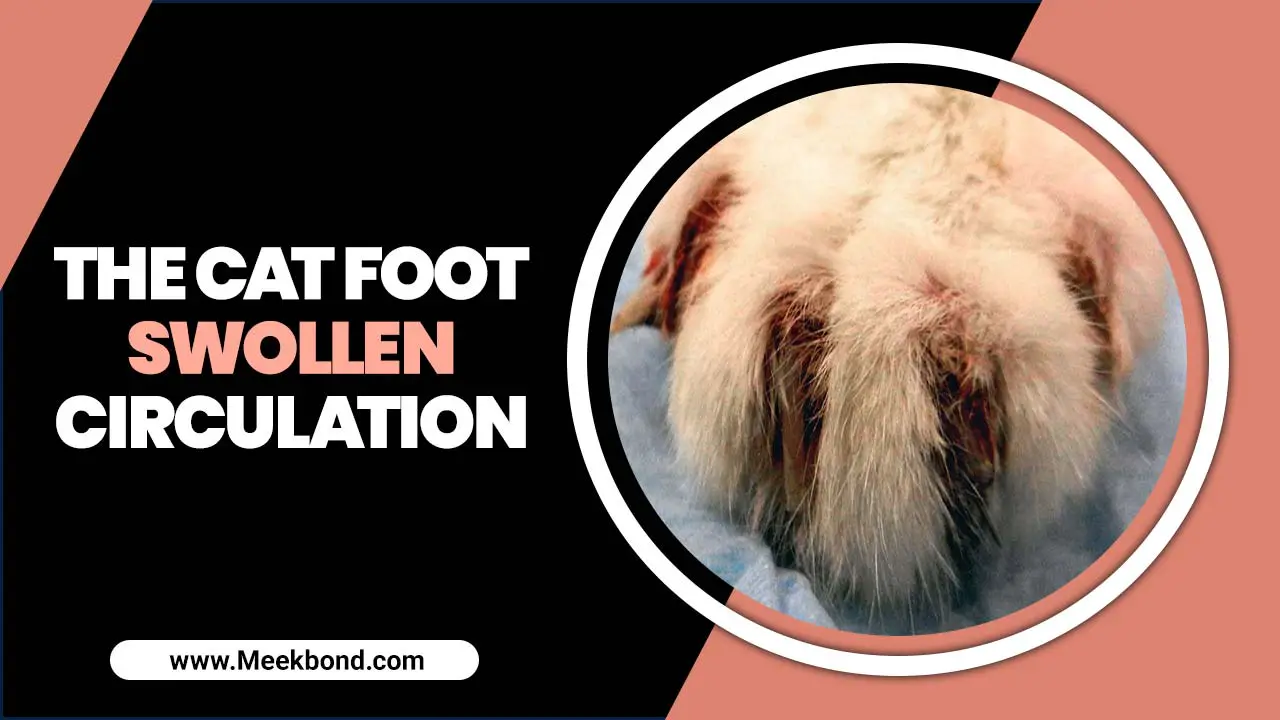
What Is Swollen Foot Circulation Of Cat?
Swollen foot circulation of a cat is a pet health condition in which the blood flow to the cat’s foot is obstructed. This can lead to ulcers and gangrene and eventually necessitate surgery. Cat foot is usually a thrombosis, or clot, in the superficial veins near the cat’s ankle.
The clot can form from prolonged standing or walking on tiptoe and trauma or infection. In severe cases, a bandage may be necessary to aid in the healing process. The slightest increase in pressure sends the clot squirting up through the smaller veins near the skin’s surface and into larger arteries, which block blood flow to the foot.
Causes Of Swollen Foot Circulation Of Cat
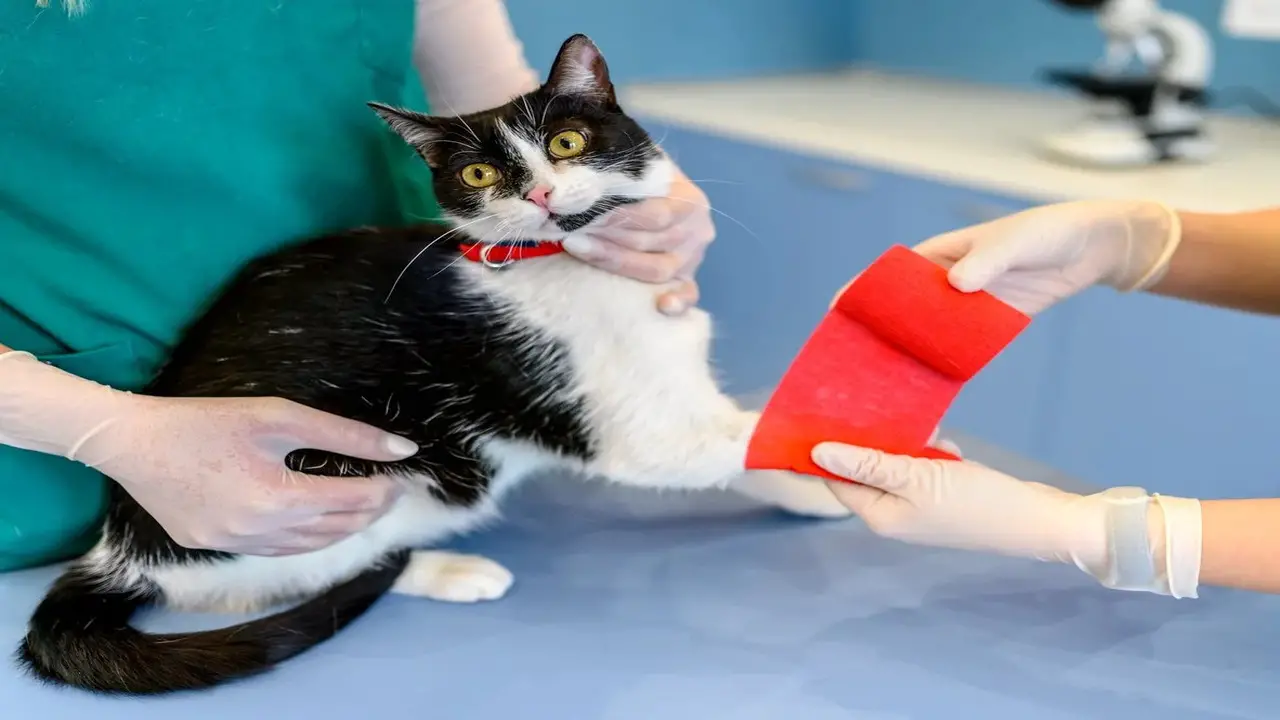
Various factors, including obstruction of the veins or lymphatic system by a tumor or rubber band, can cause swollen circulation in a cat’s foot. If your cat is experiencing foot swelling and circulation issues, it is important to consult a veterinarian for a proper diagnosis and treatment plan. They can determine the underlying cause of the swelling and recommend appropriate treatment options to help alleviate your cat’s discomfort. Some potential causes include:
- Injuries or trauma to the foot, such as cuts or sprains
- Infections, such as bacterial or fungal infections
- Allergic reactions to certain substances, such as chemicals or insect bites
- Poor circulation due to underlying health conditions, such as diabetes or heart disease
- Arthritis or joint problems that can cause inflammation and swelling in the foot
- Blood clotting disorders that affect the flow of blood to the foot
- sign of heart disease, heart pain, blood pressure, liver disease
Symptoms Of Swollen Foot Circulation Of Cat
Swollen foot circulation of a cat is a condition in which the blood flow to the cat’s feet is impaired. This can lead to swelling, pain, and, in extreme cases, gangrene. If you notice any of these symptoms in your cat’s foot, it is important to consult with a veterinarian for a proper diagnosis and treatment plan. Some external signs that your cat may be experiencing swollen cat feet circulation include information.
Swelling: One of the most obvious symptoms of cat foot swelling is visible swelling in the affected area. The foot may appear larger than normal and feel warm to the touch.
Pain Or Discomfort: Cats with swollen foot circulation may show pain or discomfort when walking or putting weight on the affected foot. They may limp or avoid using their feet altogether.
Change In Color Or Texture: The skin on the swollen foot may appear red, purple, or discolored. It may also feel tight or have a shiny appearance.
Difficulty Grooming: Cats with swollen foot circulation may have difficulty grooming themselves, particularly in hard-to-reach areas like their feet. This can lead to matting or poor coat condition in that area.
Behavioral Changes: Cats in pain or discomfort may exhibit behavioral changes such as increased aggression, hiding, loss of appetite, or decreased activity levels. These changes may be more noticeable if the swelling is severe or chronic.
How To Treat A Cat Foot Swollen Circulation: 7 Steps
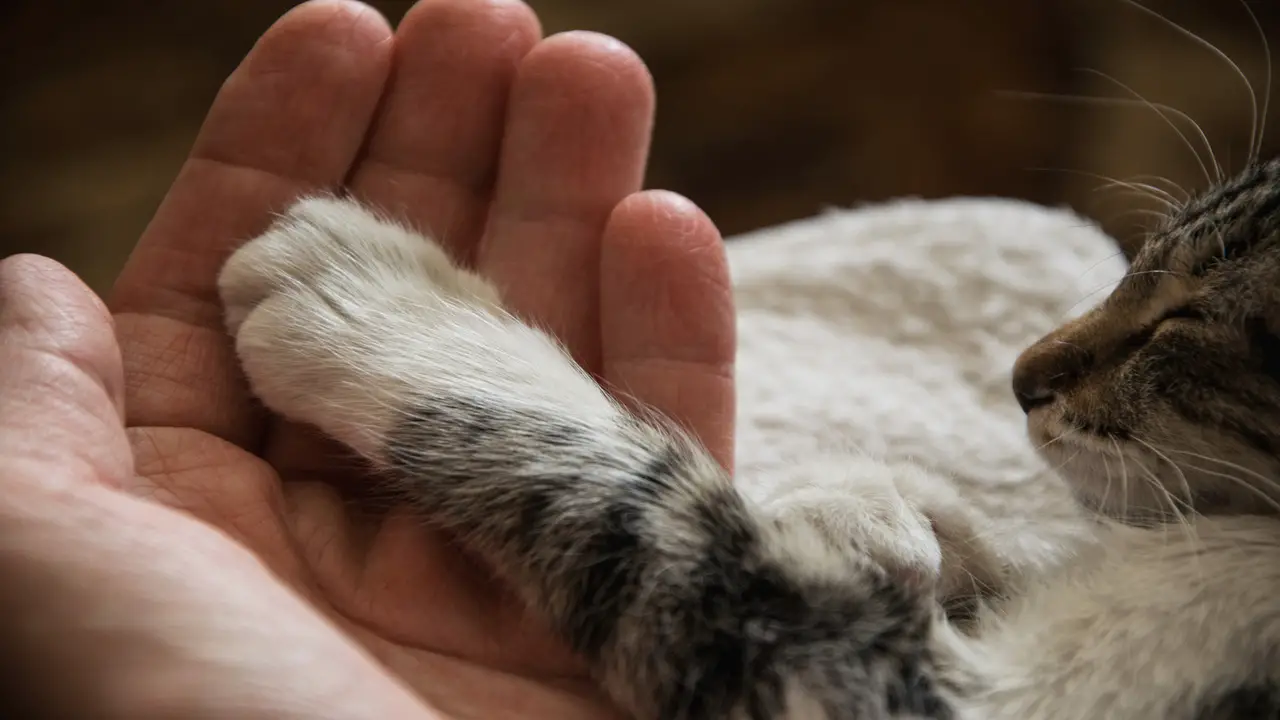
Regarding treating a cat swollen circulation in their foot, it is important to act quickly as this can be a dangerous condition. If you notice that your cat’s foot is swollen, it is important to take action to treat the issue and alleviate their discomfort. Treating a cat’s swollen foot under veterinary guidance would ensure the best outcome for your furry friend’s health and well-being.
You should first consult your veterinarian to determine the best course of action for your cat and provide the appropriate treatments, including pain relief medication. Some common treatments include elevating the foot, administering painkillers, and using ice or a heating pad. Here are 7 steps to help you treat a cat foot swollen circulation:
1.Assess The Severity
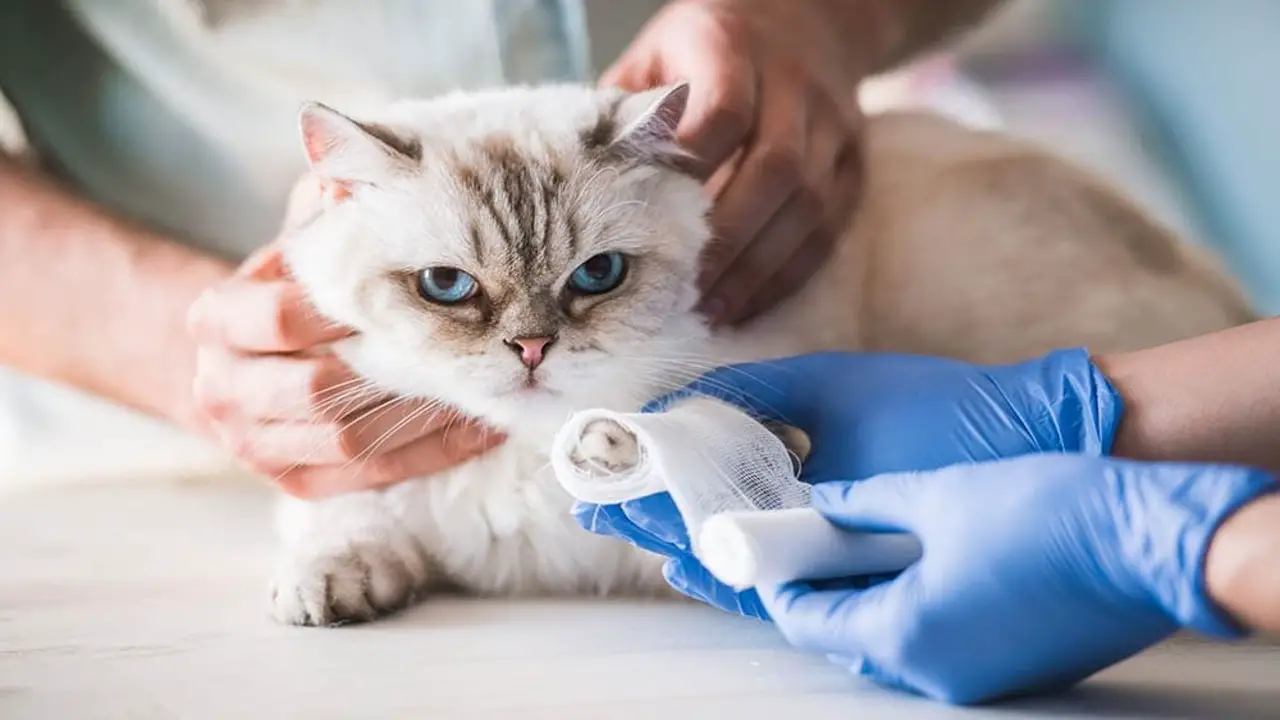
When your cat’s foot is swollen, it is important to assess the severity of the swelling, especially if you notice paw swelling. Swelling can be a sign of an injury or infection, so it is crucial to determine how serious the issue may be.
The first step in assessing the severity of the swelling is to gently examine your cat’s paw and foot for any visible signs of injury, such as cuts or abrasions. If you suspect an injury, seeking veterinary attention as soon as possible is best to prevent further complications. Sometimes, swelling may accompany other symptoms, such as limping or pain.
It would be best if you also considered these signs when assessing the severity of the situation. Overall, it is always better to err on the side of caution and consult with a veterinarian if you are unsure about the cause or severity of your cat’s swollen foot.
2.Clean The Foot
When dealing with a cat’s swollen foot, it is important to keep the area clean. Clean the foot gently using lukewarm water and a mild soap or an antiseptic solution recommended by your veterinarian. Be careful not to apply too much pressure or scrub the area vigorously, as this can cause further discomfort to your cat.
After cleaning, pat the foot dry with a clean towel and monitor it for any signs of infection or worsening swelling. If the swelling persists or you notice any other concerning symptoms, it is best to consult your veterinarian for further evaluation and treatment.
3.Apply A Cold Compress
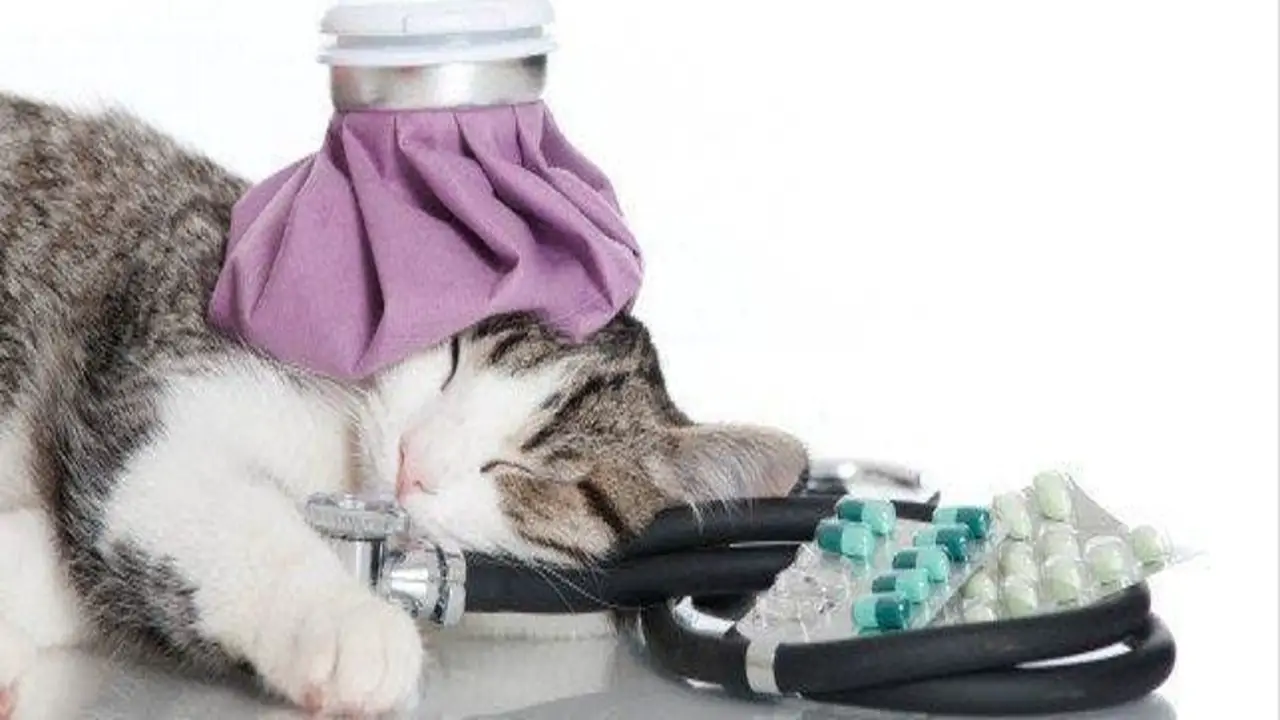
If your cat’s foot is swollen, applying a cold compress can help to reduce inflammation and provide some relief. Start by wrapping an ice pack or a bag of frozen vegetables in a towel or cloth. Gently apply the cold compress to the swollen area for about 10 minutes, making sure not to apply too much pressure. Repeat this process several times throughout the day, as needed.
The cold temperature can help constrict blood vessels and reduce swelling. However, monitoring your cat’s reaction and consult with a veterinarian if the swelling persists or worsens is important. You can also apply warm compresses to the swollen area to promote healing and reduce swelling.
4. Elevate The Foot
When a cat’s foot swells, it is important to take immediate action to provide relief and aid in circulation. One simple step you can take is to elevate the foot. It gently lifted the affected paw and propped it on a soft surface. You can help reduce swelling and improve blood flow.
This can be particularly beneficial if the swelling is due to an injury or inflammation. However, monitoring your cat closely while elevating their foot is important. To ensure they are comfortable and not experiencing any pain or discomfort. If the swelling persists or worsens, we recommend consulting a veterinarian for further evaluation and treatment options.
5. Monitor For Improvement
If your cat’s foot is swollen, it is important to monitor for improvement. Various factors, including injury, infection, or an underlying medical condition, can cause a cat’s foot swelling. If the swelling does not improve within a day or two, or if it worsens.
Veterinarians recommend consulting a veterinarian. They can examine your cat, determine the cause of the swelling, and provide appropriate treatment. In the meantime, you can help alleviate any discomfort by keeping your cat’s foot clean and providing a comfortable resting area for them.
6. Consult A Veterinarian
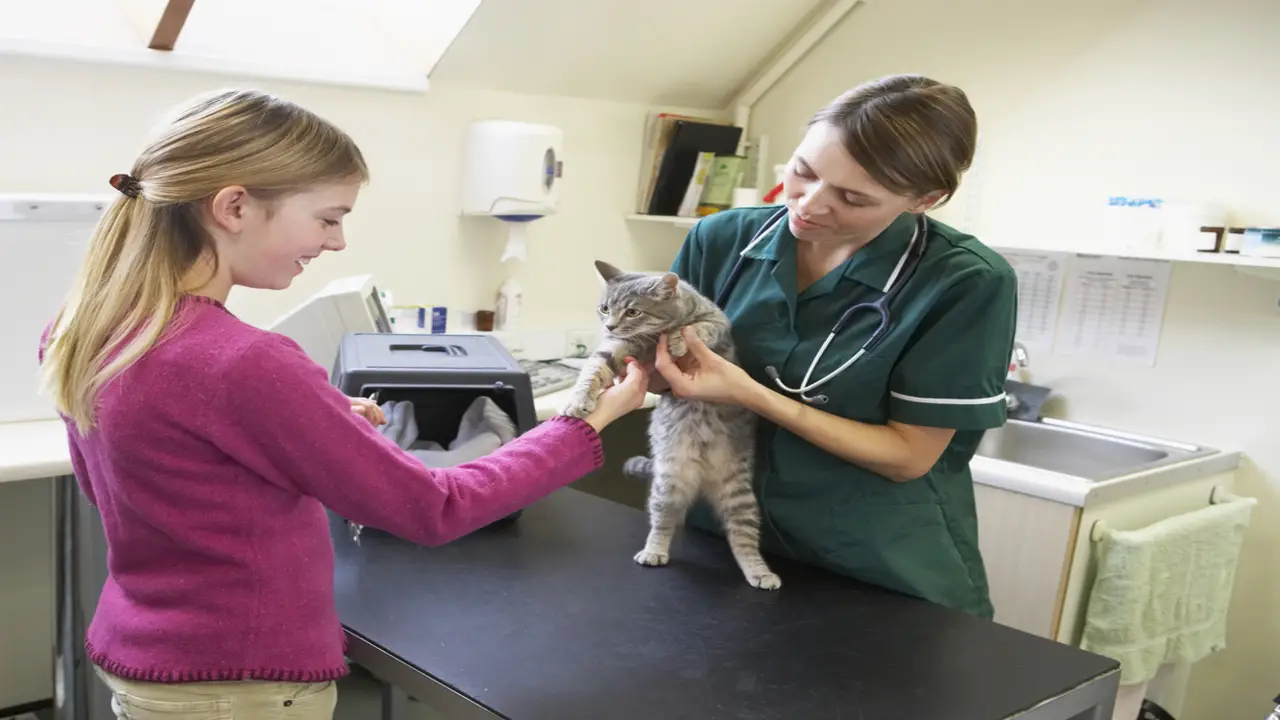
If your cat’s foot is swollen, it is important to consult a veterinarian, especially if the swelling is persistent or accompanied by other symptoms, swelling in a cat’s foot. Various factors, including injury, infection, or an underlying health condition such as obesity, can cause it.
A veterinarian will be able to examine your cat, including a thorough physical examination, and determine the cause of the swelling. They may recommend further tests or treatments to help alleviate the swelling and address underlying issues. It is always best to seek professional advice regarding your pet’s health to ensure they receive the appropriate care and treatment.
7. Follow Vet-Prescribed Treatment
Regarding a cat’s swollen foot, it is important to follow the vet-prescribed treatment. Various factors, such as injury, bacterial infection, or circulation issues, can cause a cat’s foot to swell. Your veterinarian will assess the underlying cause and develop a treatment plan tailored to your cat’s needs. This may include medications, wound care, or other interventions.
It is crucial to follow the treatment plan provided by your vet, as they have the knowledge and expertise to address your cat’s condition effectively. Additionally, if you notice any changes or worsening of symptoms during the treatment period. It is important to contact your veterinarian for further guidance.
Preventative Measures
To prevent your cat’s foot from swelling due to poor circulation, implementing these preventative measures can help promote healthy circulation in your cat’s feet and reduce the risk of swelling or other circulatory issues. There are several measures you can take:
- Know and avoid your cat’s allergens
- Take your cat for annual checkups
- Ensure your cat’s surroundings are safe
- Groom your cat and trim their nails
How To Treat Cat Swollen Paw Home Remedy
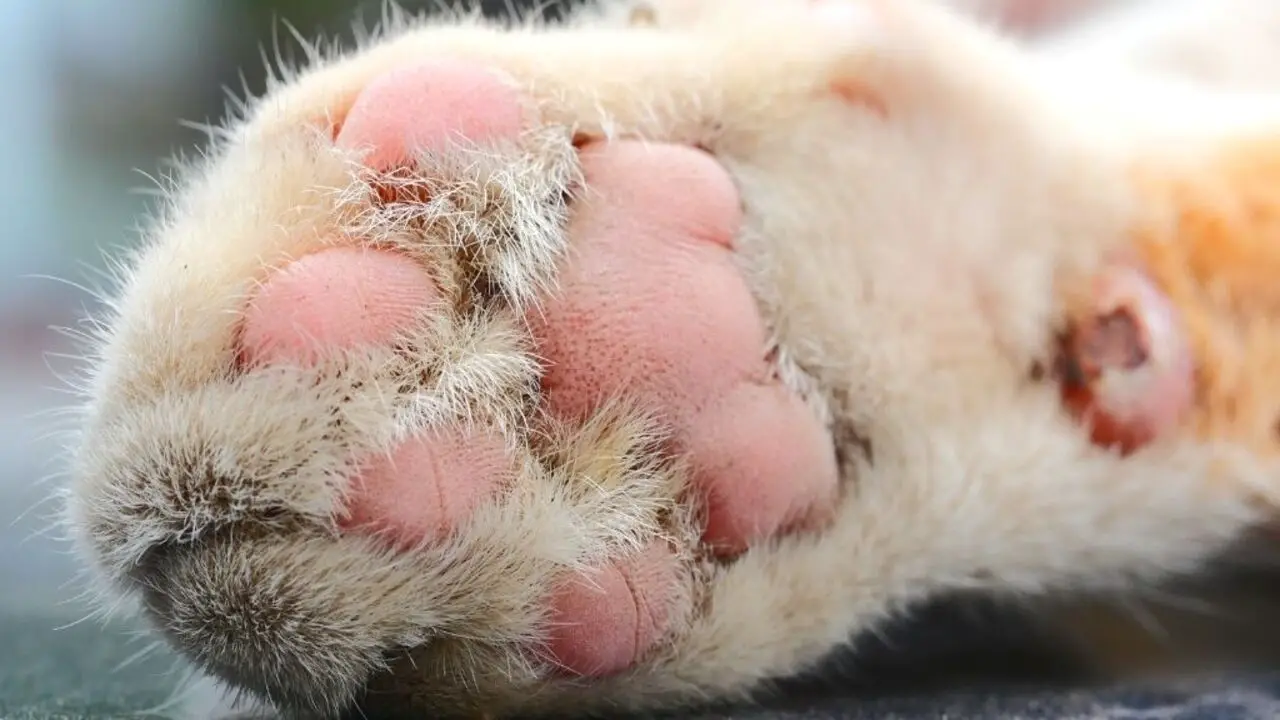
Regarding treating a cat’s swollen paw at home, you can try a few remedies—first, correct treatment. Make sure to clean the affected area with warm water and mild soap to prevent infection. Applying a cold compress or ice pack wrapped in a cloth can help reduce swelling and inflammation. If your cat is in pain, you can give them over-the-counter pain medication specifically formulated for cats, following the recommended dosage.
However, it is important to note that these home remedies should only be used as temporary solutions until you can seek proper veterinary care. If your cat’s swollen paw does not improve or if they show signs of broken bones or other serious injuries.
Taking them to a veterinarian for professional evaluation and treatment is crucial. Depending on the underlying cause of the swelling, your vet may recommend further treatments such as splinting, surgery, or prescribing antifungal medications if an infection is present.
Why Is Swollen Foot Circulation Of Cat So Dangerous?
When a cat’s foot becomes swollen due to poor circulation, it can be a sign of a serious underlying health issue. Swollen circulation in the foot can lead to tissue damage and even necrosis if left untreated. This can cause extreme pain, discomfort for the cat, and potential complications such as infection. In severe cases, amputation may be necessary for your pet’s safety.
It is important to seek veterinary attention immediately if you notice your cat’s foot is swollen, as prompt treatment for kidney disease is crucial in preventing further damage and promoting healing. Your veterinarian will be able to determine the cause of the swelling and recommend appropriate treatment options to alleviate the swelling and restore proper circulation.
Conclusion
Pay attention to your cat’s foot health, specifically if you notice any swelling or cat foot swollen circulation issues. These symptoms could indicate a more serious underlying condition and should not be ignored by staying informed and regularly checking your cat’s paws. You can prevent potential health issues and ensure your furry friend’s well-being. With proper care and attention, your cat’s paws will remain healthy and happy for years.
With proper care and attention, we can ensure the well-being of our furry companions and keep them happy and healthy for years to come. Remember to consult your veterinarian for proper diagnosis and treatment options if you notice any concerning changes in your cat’s foot health.
Frequently Asked Questions
How Do You Treat A Swollen Cat’s Foot?
To treat a swollen cat’s foot, inspect the foot for any signs of injury or foreign objects. If you find anything, gently remove it using tweezers. Clean the foot with warm water and mild soap, and pat it dry. Apply a cold compress or ice pack wrapped in a towel to reduce swelling.
Why Is My Cat’s Paw Swollen With Blood?
A swollen paw with blood could indicate an injury or infection. It is important to examine the paw carefully to determine the cause. Common causes include a puncture wound, abscess, or a foreign object lodged in the paw.
.How Do I Know If My Cat’s Paw Is Losing Circulation?
You can check if your cat’s paw is losing circulation by gently pressing on the paw pad. The circulation is likely normal if the colour returns quickly after releasing pressure. However, if the paw remains pale or takes a while to regain colour, it could indicate a circulation problem.
What Medication Reduces Swelling In Cats?
Anti-inflammatory medications such as corticosteroids or non-steroidal anti-inflammatory drugs (NSAIDs) are commonly handy to reduce swelling in cats. However, it is important to consult with a veterinarian before administering any medication to your cat, as they can prescribe the appropriate dosage and ensure your pet’s safety.
Can A Cat’s Paw Heal Itself?
Yes, a cat’s paw can heal itself. Like all animals, cats have a natural healing process that helps to repair injuries. If a cat injures its paw, such as with a cut or a scrape, its body will initiate a healing response to close the wound and regenerate new tissue.

Aquarium passion is all about connecting with the aquatic life and providing education to the public on the importance of these creatures. We showcase a wide variety of marine life through our exhibits as well as working with schools to provide unique learning opportunities for students of all ages.

